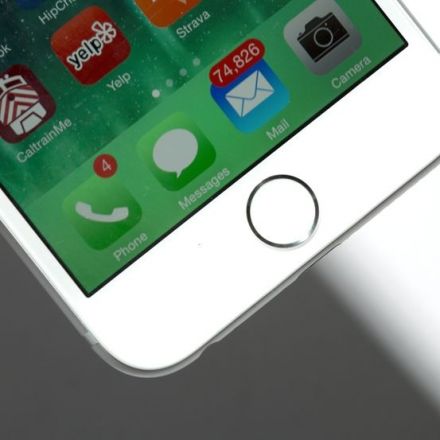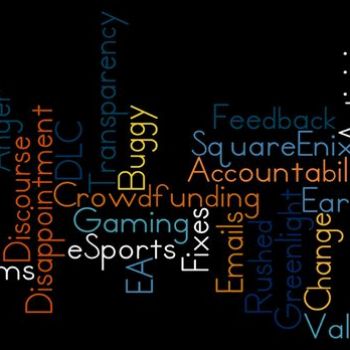

10 years ago
9
UI Fail: How Our User interfaces Help to Ruin Lives
A couple of months ago, in Seeking Anecdotes Regarding “Older” Persons’ Use of Web Services, I asked for stories and comments regarding experiences that older users have had with modern Web systems, with an emphasis on possible problems and frustrations. I purposely did not define “older...”
Continue Reading


























Join the Discussion
Ubuntu and Windows are both right in the thick of this. Ubuntu no longer has menus. If you want to find a program, you have to type in it's name. What if a person can't remember it's name? Or it's such an obscure made up word,they can't began to spell it? You saw what happened when both of these companies tried to shove new desktop environments down users throats that made no sense to the older population. Lucky for Linux users.there are more traditional desktop environments you can install.. Windows has a work around for 8 and 10 is a definite improvement. But changing something every few years just because you can does a disservice to many users. And then there are the websites where all the print is the size of a post card turned on it's end with the huge open expanses around the content with nothing. If it were not for Firefox's ctrl scroll, many people would just have to give up using the net.
The problem is these large companies need to keep these UI/UX experts on the payroll, and constantly refreshing their look is a big part of that. People also want systems that look fresh; in the same way that fashion trends change, or follow a large cycle, UI is frequently refreshed to keep a current aesthetic, because customers can and do care about aesthetically pleasing products.
Video games are a great example: better graphics have often come at the expense of story length and gameplay, but people still flock to current looking games, even when games with superior mechanics and inferior graphics are available. Mobile gaming is only an exception because the tradeoffs are too large for most people, and I have a feeling that will change as mobile hardware continues to do more with less.
As long as the usability tradeoff isn't too large for the majority of customers, they'll keep making that trade.
I'd say that there are some video game series that don't focus on the newest graphics, like Mario or Pokemon. The graphics have improved from their first incarnations, but I don't think either series goes for realism over all else. I wonder if there are any examples of UI that follow that same trend? I can't think of any at the moment, to be honest.
As someone who spent some time developing desktop applications, I can tell you that juggling between modern and classic can be a burden. When management wants something new and shiny all the workers will have to adapt, and that interrupts their workflow. It doesn't have to be a big difference, just changing the tab order on some form or hiding a function somewhere else in the menus will have them cursing. They tabbed through it blindly for perhaps a decade or more and now they have to stop and think for a moment, or they continue fucking up and see their career sagging from too many errors. Although sad, it's fascinating how some can work with computers for years and then get a nervous breakdown when they have to look through new menus and can't find what they need during a critical time.
From my perspective, main sources are new hotheaded devs who want to make the best new program, managers who equal their wants with the needs of their workers, and marketing - but good luck making any of them listen to a random programmer.
TL;DR: Programs aren't for users, they are for selling.
Some of these are no-brainers, such as the typography issues. Any UX Designer worth their salt will know that 16px is a relatively safe minimum font size, but bigger is better, and as we age our ability to see low contrast decreases.
However, in this age of rapidly A/B testing UI changes based on data, there might be something to be said to have a way for users to revert back to the 'old' layout for ease of use, or at least have a walkthrough of some kind when interface elements change.
It's rather worrisome to see this trend, especially considering many countries have a ageing population (e.g. Finland, Japan. Seems to be a problem in EU in general). So not only is it a growing demographic, better online services that are actually useable by this demographic might ease some of the economic burden these countries face in taking care of the elderly.
This will probably be something I'll try to take up in any future projects I'm part of, even if I'm more of a developer than designer.
That's where this ought to be better recognized, so right on!
I'm of the opinion that UI design has become like clothing fashion. Each year websites have to switch up to the latest fad to appear trendy and relevant. Usability has little or nothing to do with the end results. This year's fashion? Infinite scroll pages.
There is something to be said about the utility of UI design going through different "fashion trends." I believe it helps keep things innovative to a degree. The mantra of "if it ain't broke, don't fix it" leads to, in my opinion, stagnation. However, when we start to reduce functionality due to trying to appear more "fashionable," that's when we start to get into trouble. It's all about balance.